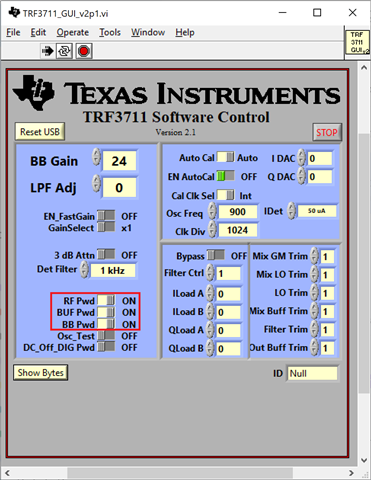Other Parts Discussed in Thread: TRF371109, TRF371135, , TRF370333
I have a query regarding the connection of IQ outputs from TRF371109 and TRF371135 to form a single IQ channel (one differential I and one differential Q) for sampling using the AFE7222.
Can anyone please provide instructions or a recommended configuration for connecting the IQ outputs of these devices to the IQ input of the AFE7222? I am specifically seeking guidance on circuitry, interface considerations, and required steps.
Additionally, if there are any relevant resources such as application notes or reference designs, I would greatly appreciate receiving them.
Thank you for your attention to this matter. I look forward to your prompt response.



